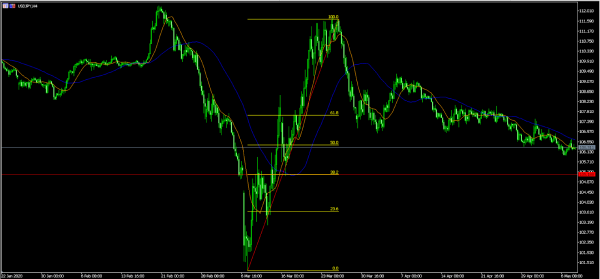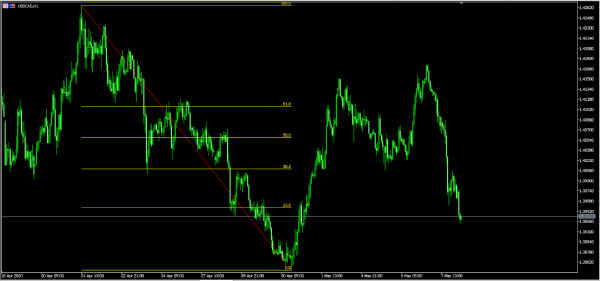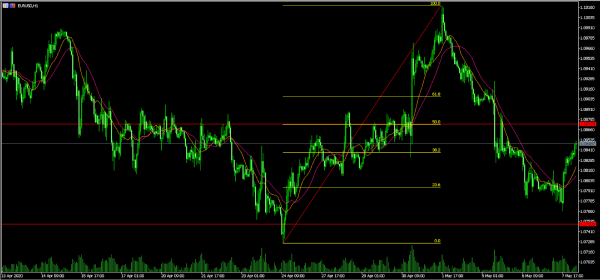US stocks rose yesterday as investors ignored dire economic data and instead focused on recovery. The blue-chip Dow Jones rose by 90 basis points while tech-heavy NASDAQ rose by more than 1.40%. The latter turned positive this year, erasing losses made in March when it declined by more than 25%. The market ignored the weak jobs numbers released by the Labour Department. The numbers showed that more than 3.1 million Americans filed for jobless claims, bringing the seven-week total to more than 33 million people.
The Japanese yen rose slightly against the dollar as the market reflected on household spending data from Japan. In March, the spending declined by a record low of 4.0% on a month to month basis. This is after rising 0.8% in the previous month. Spending fell by 6% on an annualized basis. In the same month, overtime pay for people in Japan declined by 4.1% on a year to year basis while average cash earnings rose by just 0.1%. These numbers offer a glimpse of what to expect in April’s data.
The focus today will be on the US and Canadian jobs numbers, which analysts expect to be the worst. They expect the nonfarm payrolls to have declined by more than 22 million in April from the previous decline of 701k. Also, they expect the unemployment rate to jump to 16% from a 50-year low of 3.5%. Similarly, they expect the U6 rate, to jump to more than 20%. The U6 rate considers people who work part time and those who have not looked for work in the past month. Average work hours are expected to drop and so is the pay. Nearby in Canada, analysts expect the unemployment rate to jump to 18% and the participation to drop from 63.5% to 65.1%.
EUR/USD
The EUR/USD pair bounced back yesterday as the market reflected on the jobless claims data. The pair rose from an intraday low of 1.0765 to a high of 1.0850, which is slightly above the 38.2% Fibonacci retracement level. The price is slightly above the 14-day and 28-day exponential moving average. Therefore, the pair may continue rising as bulls attempt to move above the 50% retracement level of 1.0872.
USD/JPY
The USD/JPY declined slightly as the market reacted to the data from Japan. The pair moved to an intraday low of 106.27, which was lower than yesterday’s high of 106.63. On the four-hour chart, the price has been falling since late March, when it was trading at 111.10. The price is slightly below the 50% Fibonacci retracement and below the 50-day and 25-day EMA. Therefore, the pair may move lower as the bears attempt to test the 38.2% retracement level of 105.18.
USD/CAD
The USD/CAD dropped sharply because of surging crude oil prices, which tend to support the Canadian dollar. It reached a low of 1.3922, which was the lowest level since May 1. The price is also below the 50-day and 100-day EMA while the RSI has sunk to the oversold level on the hourly chart. The price is also below the 23.6% retracement level. Therefore, the pair may continue to decline ahead of the US and Canada jobs data.













